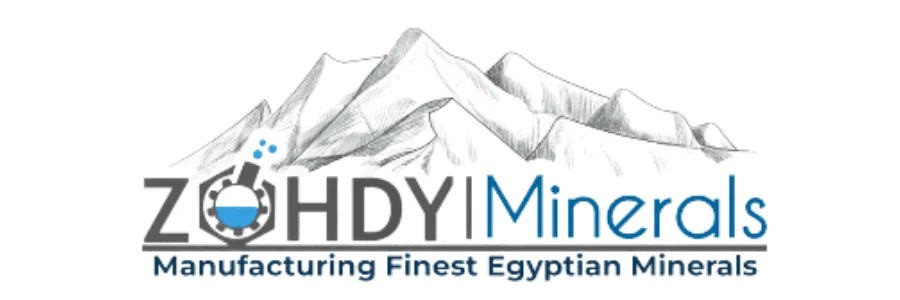Limestone Fish Feed
Limestone, a sedimentary rock composed primarily of calcium carbonate, is a versatile material with a myriad of applications. One lesser-known but vital use of limestone is in fish feed within the aquaculture industry. This article explores the various aspects of limestone’s role in enhancing fish nutrition, promoting growth, and contributing to sustainable aquaculture practices.
1. Introduction
1-1.Definition of Limestone
Limestone is a natural rock formed from the remains of marine organisms and sediments. Primarily composed of calcium carbonate, it serves as a crucial building block for various industries.
1-2.Overview of Limestone’s Versatile Applications
While limestone is commonly recognized in construction and agriculture, its applications extend to diverse industries, including aquaculture.
2. Properties of Limestone
2.-1.Composition
The chemical composition of limestone, predominantly calcium carbonate, imparts unique properties that make it valuable in different contexts.
2-2.Texture
Limestone exhibits a range of textures, from fine to coarse, influencing its usability in various applications.
2-3.Color Variations
Natural color variations in limestone contribute to its aesthetic appeal and assist in identifying different types.
3. Limestone in Aquaculture
3-1.Importance in Fish Farming
Lime stone plays a pivotal role in promoting the overall health and well-being of fish in aquaculture systems.
3-2.Nutritional Benefits for Aquatic Life
Rich in essential minerals, limestone contributes to the nutritional requirements of fish, supporting their growth and development.
4. Limestone in Fish Feed
4-1Calcium Enrichment
The high calcium content in limestone is a key component in fish feed, contributing to bone development and overall skeletal health.
4-2.Neutralizing Acidic Water
Limestone acts as a pH stabilizer, neutralizing acidic water conditions and creating a more suitable environment for aquatic life.
4-3.Enhanced Growth and Development
Studies indicate that the inclusion of limestone in fish feed leads to accelerated growth rates and improved immune systems.
5. Sustainable Aquaculture Practices
5-1.Environmental Benefits of Using Limestone
Utilizing limestone in fish farming aligns with sustainable practices by positively impacting water quality and ecosystem stability.
5-2.Reducing Ecological Impact
Compared to synthetic alternatives, limestone offers a more environmentally friendly solution, minimizing ecological footprints in aquaculture.
6. Lime stone Sources and Extraction
6-1.Common Locations
Limestone deposits are found globally, with notable sources in regions like Egypt, United States, China, and Europe.
6-2.Mining and Extraction Processes
The extraction of limestone involves various methods, including open-pit mining and underground quarrying.
7. Types of Limestone Used in Fish Feed
7-1.High-Calcium Limestone
This type of limestone is particularly valued for its elevated calcium content, crucial for fish health.
7-2.Dolomitic Limestone
Containing both calcium and magnesium, dolomitic limestone offers additional benefits in fish nutrition.
7-3.Applications and Differences
Understanding the specific applications and differences between limestone types is essential for effective use in fish feed.
8. Benefits of Using Limestone in Fish Feed
8-1.Improved Bone Development in Fish
The calcium-rich composition of limestone contributes to robust bone development, reducing the risk of skeletal deformities in fish.
8-2.Enhanced Immune System
Limestone’s role in supporting the immune system of fish leads to increased resistance against diseases.
8-3.Economic Advantages for Farmers
The economic benefits for fish farmers include reduced healthcare costs and increased market value for healthier, well-developed fish.
9. Challenges in Using Limestone
9-1.Potential Risks
While generally safe, overuse of limestone in fish feed can pose challenges such as water quality issues and imbalances.
9-2.Mitigation Strategies
Adopting proper dosage guidelines and monitoring water parameters can mitigate potential risks associated with limestone use.
10. Regulatory Considerations
10-1Standards for Limestone in Fish Feed
Regulatory bodies set standards for the use of limestone in fish feed to ensure product quality and consumer safety.
10-2.Compliance with Regulations
Fish farmers must adhere to these regulations to maintain the integrity of their operations and uphold industry standards.
Conclusion
In conclusion, limestone’s role in fish feed extends beyond traditional applications, contributing significantly to the growth and health of fish in aquaculture. Embracing sustainable practices, understanding limestone types, and adhering to regulations ensure its effective use in fish farming. As the aquaculture industry evolves, limestone remains a valuable ally in fostering healthier fish populations and sustainable farming practices.






